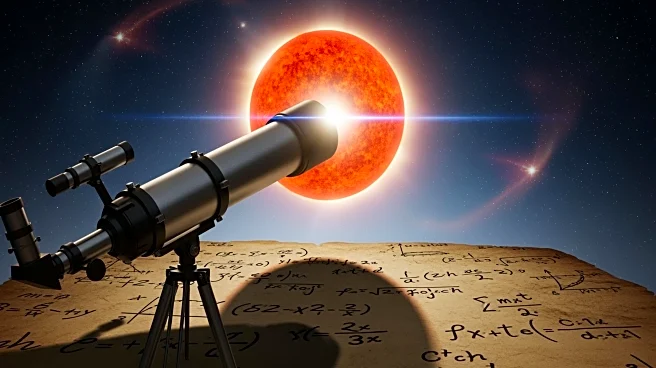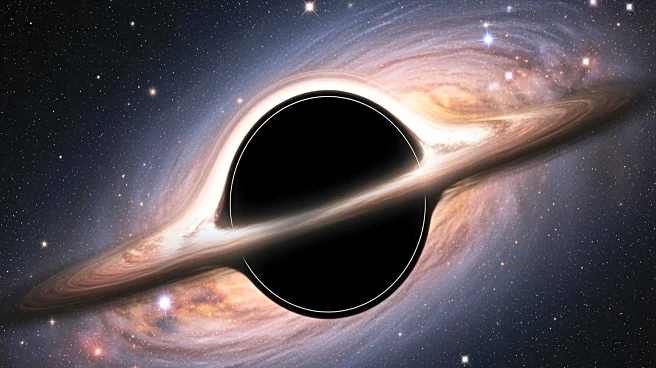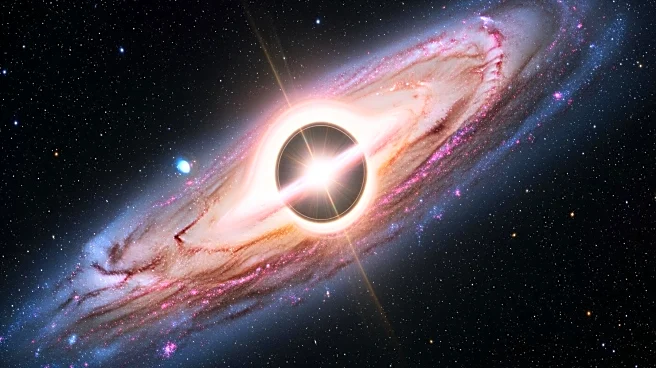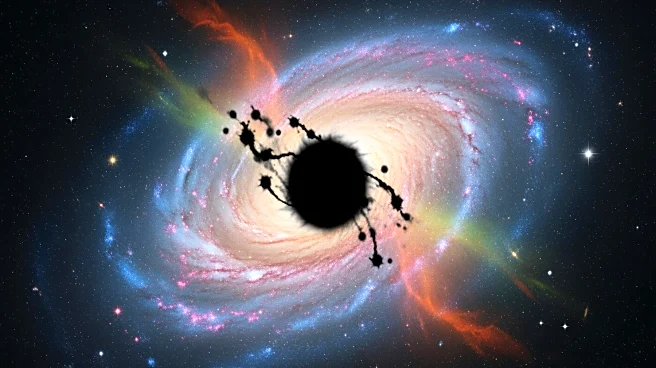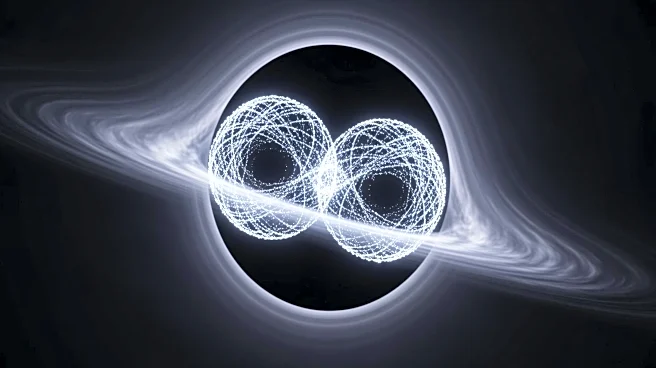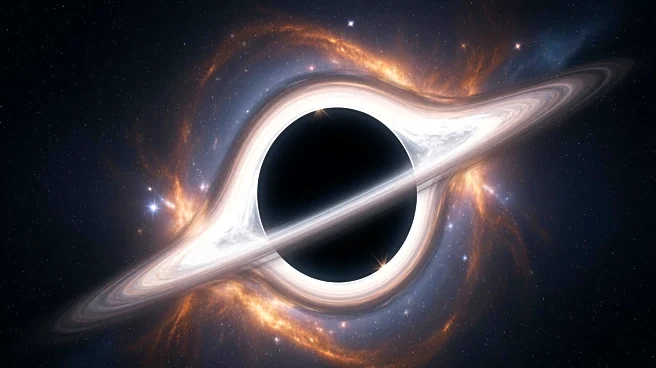What's Happening?
On November 6, 1919, astronomers announced the results of observations made during a total solar eclipse earlier that year, providing empirical support for Albert Einstein's general theory of relativity.
The eclipse allowed researchers to measure how the Sun's mass bends the path of light from background stars, a phenomenon predicted by Einstein's theory. Expeditions to northern Brazil and a western African island were conducted to observe the eclipse and measure the deflection of starlight. The observed shifts in stellar positions were approximately 1.98 and 1.61 arcseconds, closely aligning with the predicted shift of 1.75 arcseconds. This confirmation of Einstein's theory marked a significant milestone in the field of astronomy and contributed to Einstein's growing recognition.
Why It's Important?
The validation of Einstein's general theory of relativity through the 1919 eclipse observations had profound implications for the scientific community and the understanding of physics. It demonstrated that massive objects like the Sun can warp space-time, affecting the trajectory of light and other bodies. This discovery not only solidified Einstein's status as a leading physicist but also paved the way for future research in cosmology and astrophysics. The findings have influenced various fields, including the study of black holes and the expansion of the universe, and continue to impact scientific inquiry and technological advancements.
What's Next?
The confirmation of general relativity set the stage for further exploration into the implications of Einstein's theories. Researchers and scientists have since expanded upon these foundational principles to explore complex phenomena such as gravitational waves and the behavior of light near massive celestial bodies. The ongoing study of relativity continues to drive advancements in theoretical physics and astronomy, with potential applications in space exploration and technology development.
Beyond the Headlines
The 1919 eclipse observations not only validated Einstein's theory but also highlighted the importance of international scientific collaboration. The expeditions involved researchers from different countries working together to achieve a common goal, setting a precedent for future collaborative efforts in scientific research. Additionally, the public announcement of the results contributed to a broader understanding and appreciation of scientific inquiry, influencing educational and cultural perspectives on science.
